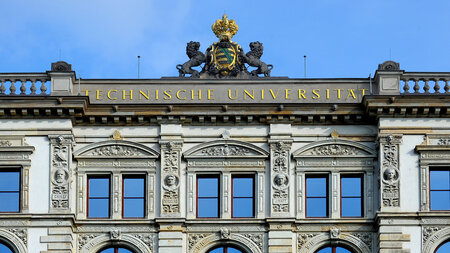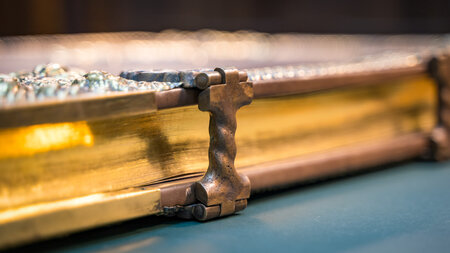Not current page! |
Subproject B1
Forming of Piezo-Metal Composites
Coordinators:
Prof. Dr.-Ing. habil. Prof. E. h. Dr.-Ing. E. h. Reimund NeugebauerFraunhofer Institute for Machine Tools and Forming Technology IWU
Reichenhainer Straße 88
D-09126 Chemnitz
Telephone: +49-(0)371/5391-1401
Telefax: +49-(0)371/5391-1404
E-Mail: reimund.neugebauer@iwu.fraunhofer.de
Dr.-Ing. Lutz Lachmann
Fraunhofer Institute for Machine Tools and Forming Technology IWU
Reichenhainer Straße 88
D-09126 Chemnitz
Telephone: +49-(0)371/5391-1348
Telefax: +49-(0)371/5391-1298
E-Mail: lutz.lachmann@iwu.fraunhofer.de
The subsequent applying of piezo modules has less prospects for a large-scale application. The approach in the project is intent on applying the piezo modules onto a flat sheet metal plate or to integrate piezo modules between two sheet metal plates (piezo-metal-layer-composites) and to realize a forming afterwards. Hence, the following significant problems arise:
- which joining methods are suited for the production of piezo-metal-layer-composites
- which procedure designs qualify joining methods for a subsequent forming
- which deformations do piezo-metal composites tolerate
- which scope for design does exist to reach the desired deformation
In the processing of this subproject, a close cooperation with subproject B2 “Simulating the Forming of Piezo-Metal Composites” is necessary.




